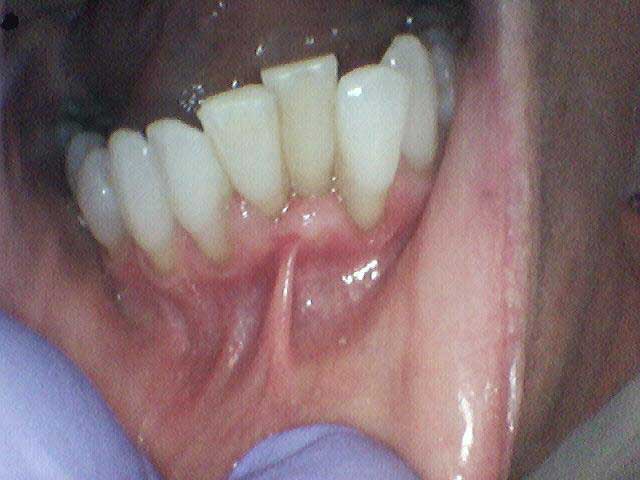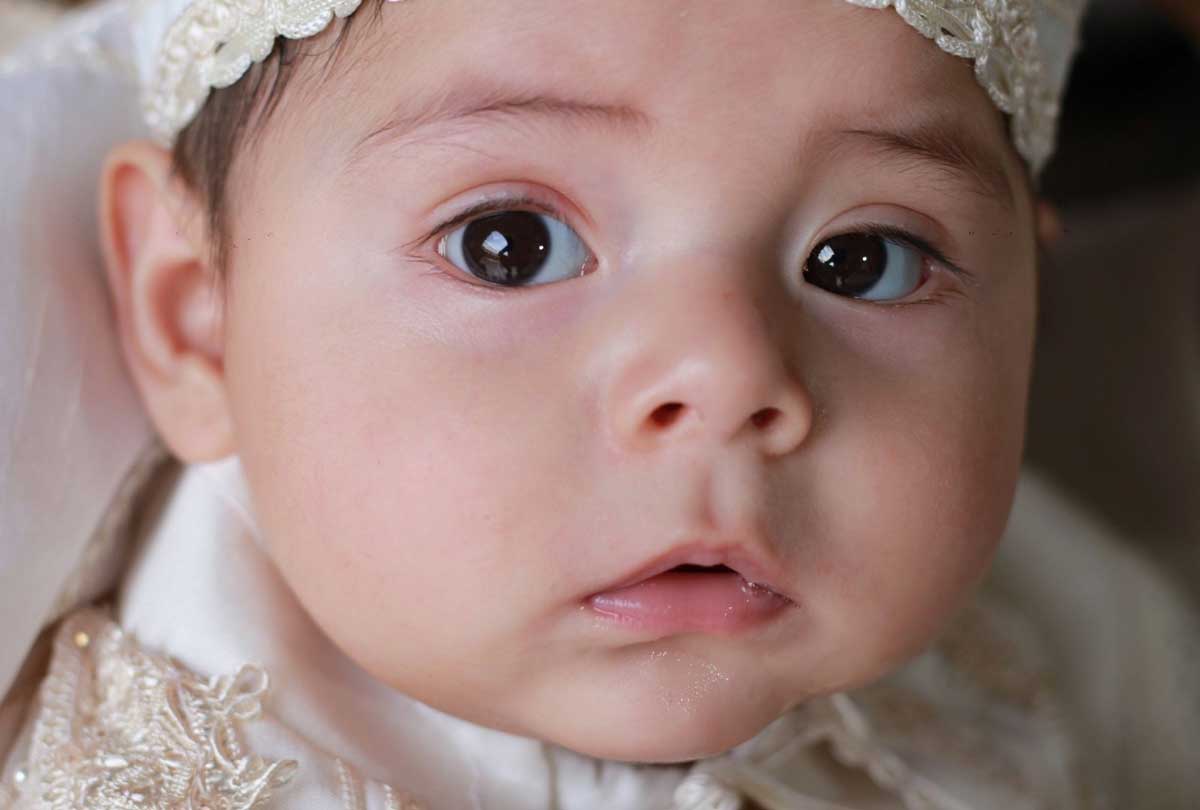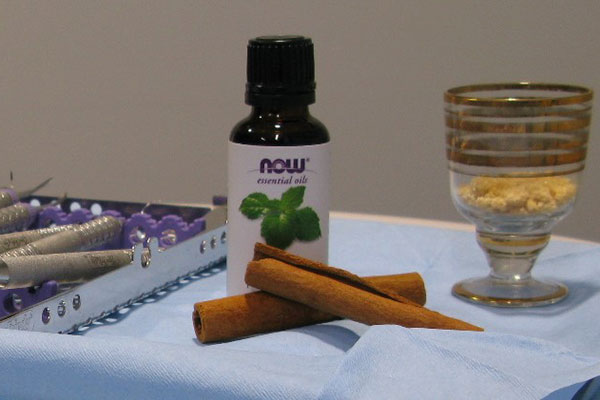About lip-tie: In my last blog, I mentioned seven frena (also called frenula) in the mouth, found in the top, bottom, sides of the mouth, underneath the upper and lower lips, and below the tongue. The primary function of the frena is to keep the different structures together with flexible but restricted movements. The flexible and yet controlled movement of the organs (lips, cheeks, tongues etc.) allows proper food capturing, swallowing, speech, and mouth movement.
Babies born with lip-tie can have Issues with breastfeeding, inadequate weight gain, colic, sore mother’s nipples. If untreated, it will affect speech, instrument playing, kissing, etc., in adulthood. It will further generate space between the two upper front teeth (diastema), gum recession, painful dentures etc.
What is a lip tie?
A lip-tie occurs when a baby born with the frenulum attaching the lip, upper or lower lip, to the gums, is very short and tight. The lip-tie may make it difficult to move the lips. Lip ties are less common than a similar (sometimes co-occurring) condition: tongue tie. There is reason to believe that lip ties and tongue ties are genetic.
Lip tie has not been studied as much as tongue-tie, but treatments are similar.
Common symptoms
Related symptoms in babies may include:
- Struggling to latch on to the breast. The baby may make clicking or smacking sounds while nursing because of poor latching or constant losing the nipple.
- Difficulty breathing during feeding.
- Falling asleep often during nursing and prolonged feeding time.
- Acting extremely fatigued by nursing.
- Slow or lack of weight gain.
- Colic.
- Failure to thrive.
- Breast milk leaking from the mouth as a result of a poor seal.
Related symptoms in mothers may include:
- Pain during or after breastfeeding – blocked milk ducts or mastitis.
- Breasts that feel engorged even right after nursing
- Fatigue from constantly breastfeeding even though your child never seems to be full
Lip tie complications
Babies with a severe condition may have trouble gaining weight. They may have an easier time drinking from a bottle, so you may need to supplement breastfeeding with formula or breast milk-fed from a bottle if that makes it easier for your baby to get nourishment. They will keep your baby on the right track, growth-wise, while you figure out if your child needs a lip tie revision.
Babies who have a severe lip or tongue-tie may have difficulty eating from a spoon or eating finger foods. Some pediatricians believe that an untreated lip tie can lead to a higher likelihood of tooth decay for toddlers.
How is it Treated?
It all depends on the severity of the tie: a small, string-like appearance on one end of the spectrum, a broad, fanlike band of connective tissue on the other. Babies with the severe condition can develop a callus on their upper lip.
The Kotlow classification system uses four grades to rate the frenulum based on appearance. With this system, the higher the grade, the higher the ‘severity’ of lip-tie, and the greater the likelihood of breastfeeding problems.
Level 1 and Level 2 lip ties are typically left alone and do not require revision. If there’s a tongue tie as well as a lip tie restricting your baby’s ability to feed, a pediatrician may advise you to “revise” or “release” them both, even if the lip tie is considered to be Level 1 or Level 2.
Level 3 or Level 4 lip ties may require a frenotomy procedure. However, most people equate frenotomy to frenectomy as they are two different procedures.
A frenotomy neatly severs the membrane connecting the lip to the gums. It can be performed using a laser or a sterilized surgical scissor. In comparison, a frenectomy involves total removal of the frena, including its attachment to the underlying bone, which requires more surgery than a simple frenotomy incision.
Besides frenotomy or frenectomy, the mother can try a therapy technique to loosen a lip tie and make it easier for babies to breastfeed. Sliding your finger along the top of your baby’s lip and practicing lessening the gap between the lip and gumline can gradually improve the mobility of your child’s lip.







